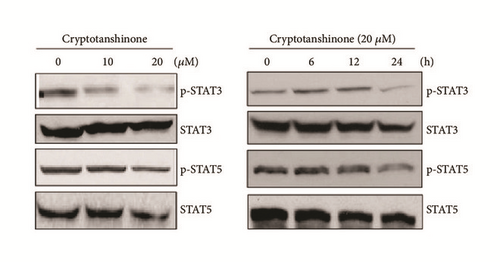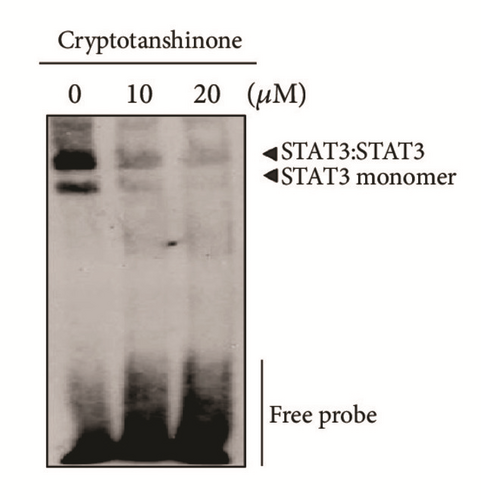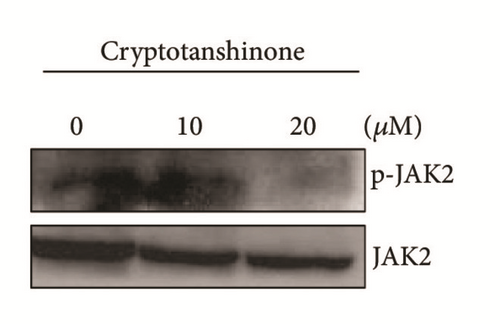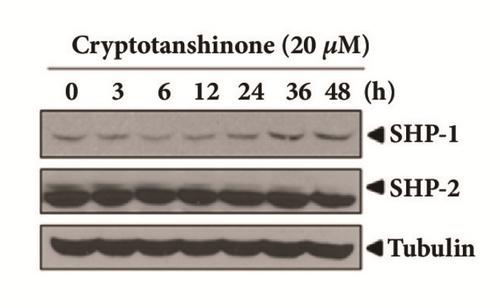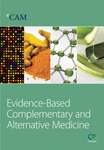Corrigendum to “Apoptosis Induced by Tanshinone IIA and Cryptotanshinone Is Mediated by Distinct JAK/STAT3/5 and SHP1/2 Signaling in Chronic Myeloid Leukemia K562 Cells”
In the article titled “Apoptosis Induced by Tanshinone IIA and Cryptotanshinone Is Mediated by Distinct JAK/STAT3/5 and SHP1/2 Signaling in Chronic Myeloid Leukemia K562 Cells” [1], there was an error in Figure 3(d), where the blots for SHP-2 and Tubulin were duplicated by mistake. Some of the underlying blots are available in the Supplementary Materials (available here). The figure should be corrected as below.
